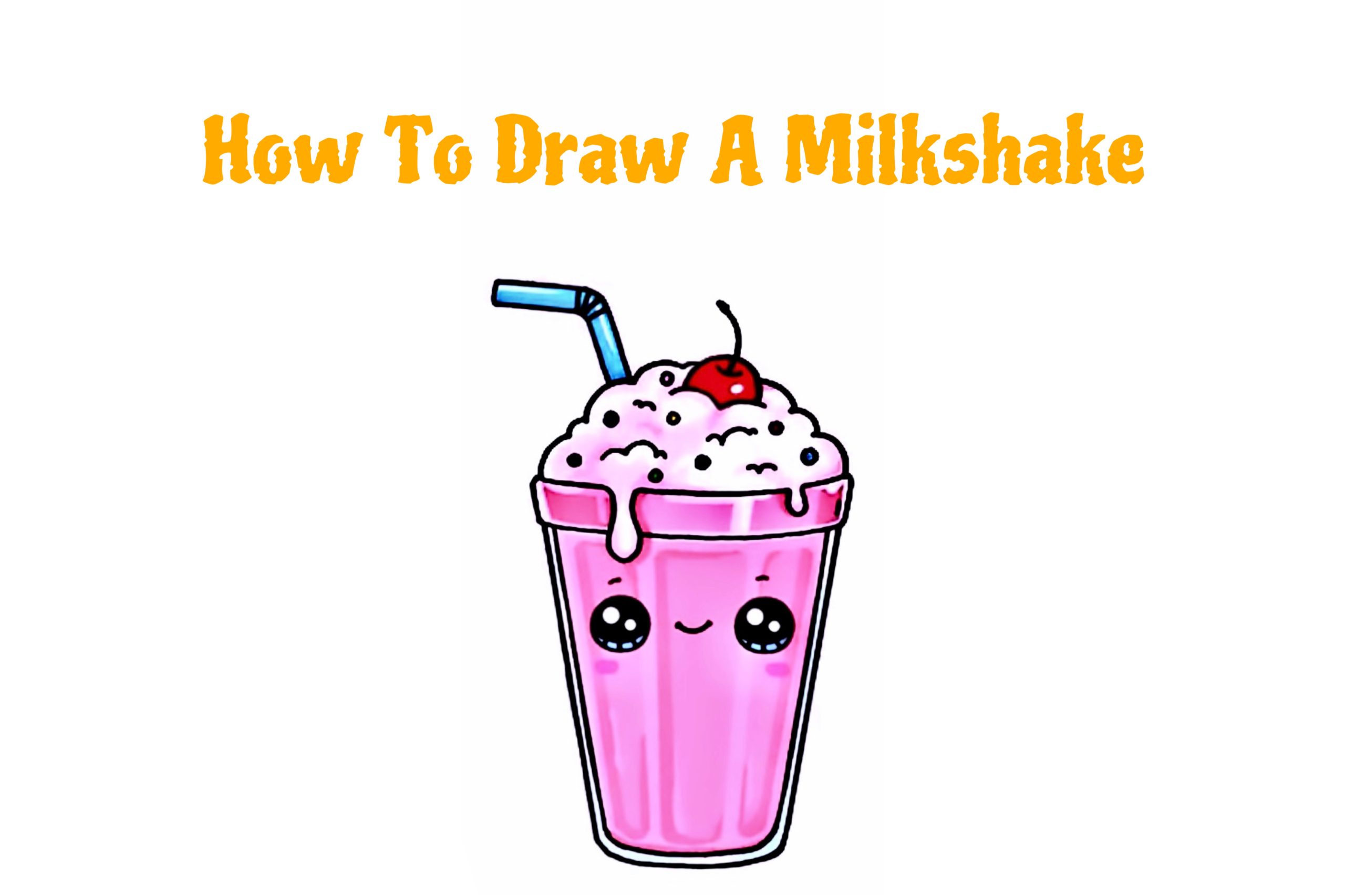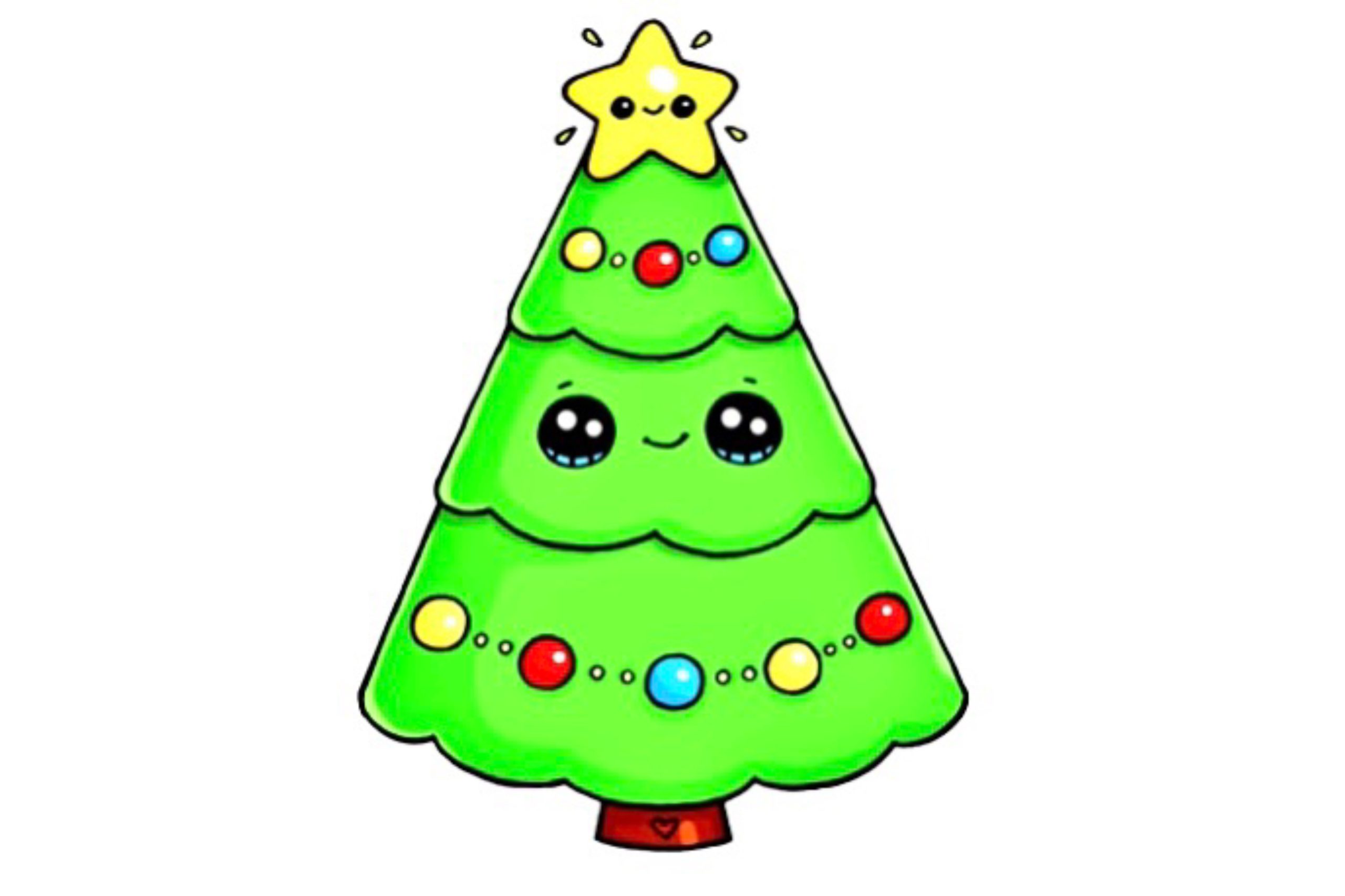Coloring Techniques
Going Back Your Childhood With Animal Coloring Techniques
Have you ever struggled with coloring animals? Our blog will guide you on how to enjoy your animal coloring through useful animal coloring techniques.
I. Introduction
Here we go with our in-depth guide to coloring pages of animals. Coloring animals is relaxing and enjoyable for all ages. Everything important about coloring animals will be covered. We will let you know about techniques for coloring animals. When you color animals, you will take lots of advantage. We will also give you helpful hints and materials to improve your coloring experience. Now let’s explore the vibrant animal kingdom and let your imagination run wild!

II. Choosing animal coloring pages
Choosing the appropriate coloring pages is essential when it comes to coloring animals. The following advice will help you select the ideal animal coloring sheets based on your tastes, level of expertise, and age group:
Age-Related Pages: Take the colorist’s age into account. For younger children, choose animal coloring pages that are bolder and less detailed, while older children and adults may prefer more complex patterns.

- Theme and inclinations: Consider the subject matter or animal species that most piques your curiosity. Select pages that suit your interests, whether they are filled with adorable pets, wild animals, or agricultural animals.
- Level of Complexity: Evaluate your coloring abilities. If you are just starting out, you should start with simple animal coloring pages. Gradually, you can turn to more intricate ones.
- Materials: Take into account the coloring supplies you already own. While some pages work well with colored pencils, markers, or even watercolors, others might be better suited for crayons.
Choose from coloring papers that can be printed off or ones that you can color digitally. Online resources give you digital freedom, while printable papers let you have a hard copy.
- Variety: Explore a range of species and styles to keep things fresh. Variety may improve your coloring experience, whether you’re drawing realistic animal pages or amusing cartoons.
III. Techniques for animal coloring
1. Reproducing a texture
The texture of an animal’s hair, scales, or feathers greatly affects its appearance. It can be difficult to accurately display textures on coloring pages. To do this, artists must use different brushstrokes and shading strategies.
2. Animal coloring at ease
The color used for animal coloring varies depending on the type of animal being colored. A dog, for example, could be white, black, brown, or a combination of these hues. Cats can be white, gray, black, or orange. Birds come in almost every color, ranging from vivid parrots to black crows. To find out what color the animal is in real life, you can always search for it online. Basically, coloring is more about having fun and expressing creative freedom, so feel free to choose any colors you wish.

3. Tips for more realistic and detailed animal coloring
Shading can assist in giving your coloring more depth. Darker hues can be added to the margins and areas where shadows would typically fall after applying the basic color. Use lighter tones where natural light is present. Textures are important for giving your animals life; for instance, you might use different coloring approaches to convey the rough patches on a lizard or the softness of a rabbit’s fur.

IV. Benefits of animal coloring
1. Understanding of body structure
In a fast-paced society, the intricate illustrations of animals on coloring pages offer a unique opportunity to restore a connection with the natural world. Animal coloring is a wonderfully magical activity in a world full of busy cityscapes and enticing digital screens. By coloring animals, a child will know different parts of animals. That shapes their understanding of natural world.

2. Educational
- Animal recognition: Coloring animals helps children learn about different animals. Also, they will learn about their habitats.
- Color recognition: Animal coloring also helps children learn about different colors. By practicing coloring, children will become skilled at how to use them. When children improve their techniques, they can be taught about color mixing and blending. Therefore, they can know how to create different effects.
- Fine motor skills: Coloring requires children to use their fine motor skills. These skills allow children to control the coloring tool. Moreover, they learn to color within the lines. These activities help develop the muscles in their hands and fingers. They are important for many everyday tasks, such as writing and playing the piano.
- Hand-eye coordination: Coloring also requires hand-eye coordination. This skill is important for many activities. You can see them in sports and musical instruments playing. Coloring promotes children’s skill to coordinate the movements of their hands and eyes in order to color accurately.
- Creativity: Improving animal coloring techniques allows children to express their imagination. Coloring is an act of freedom. Therefore, children can choose any colors they want. With the same coloring pages, different children will create their own unique animal coloring. So, this helps to develop their creativity and problem-solving skills.

Overall, animal coloring is not only fun. It has a big effect as an educational activity. Thanks to animal coloring, children learn about animals, colors, and art. It also develops their fine motor skills and hand-eye coordination. These skills are crucial for children daily lives.
Related topic: Outdoor Coloring Game: Scavenger Hunting For Kids
V. FAQs about animal coloring techniques
1. Is it easy to use watercolor to paint animals?
To paint animals with watercolor, you should start by sketching your subject in pencil. Then, please wet your brush and pick up some paint. You had better start painting from light to dark. At the same time, you should build up layers of color gradually. We suggest you experiment with different brushstrokes to create different effects. For example, you can use a light touch to create soft fur. In contrast, a heavier touch lets you create darker and more defined areas.
You should know that one of the great things about watercolor is that it is very forgiving. Do not worry about making a mistake. Take our advice. You can wet your brush and lift the paint off the paper. Keep on your practice, so you can learn to paint beautiful and realistic animals with watercolor.
2. What is the best way to choose the right animal coloring technique?
There are things for you to consider:
- The animal you are drawing. Some animals lend themselves well to certain coloring techniques, such as colored pencils or markers. They can be animals with fur. Others may be better suited to watercolor or acrylic paint. They may have scales or skins.
- The medium you are using. You should know that different animal coloring techniques work better with different mediums. For example, colored pencils are best used on paper. However, watercolor is best used on watercolor paper.
- Your own artistic style. Some coloring techniques, are more suited to certain artistic styles. For example, digital painting goes well with digital painting. Others are more suited to stylized or cartoonish art. You can find that in vector graphics.
Once you have considered these factors, you can start to experiment with different coloring techniques. That makes you see which ones you like best.
We must say that again. The best way to learn is to practice. Therefore, do not be afraid to try new things. Then, you will see what works for you.
3. What is animal coloring?
Animal coloring is a fun and creative activity. It is the process of drawing pictures of animals and filling in the colors. You can make animal coloring with a multiple materials. They includes crayons, markers, pencils, etc.
VI. Conclusion
This thorough guide has let you see the vibrant world of animal coloring pages. Coloring animals may be a fun and relaxing hobby. And it is for people of all ages. For children, coloring animals is also an educational activity.
Now is your chance to start coloring. Do not forget to apply our tips to your work. Please keep in mind that coloring animals helps you express your creativity. You will gain more knowledge about the amazing world of animals. Therefore, it is, of course, not just about filling in the lines.
We really hope that this instruction has encouraged you to create amazing artwork with your coloring supplies. We hope you will soon discover the delight of bringing vivid colors into the world of animals. You should talk about your work with your loved ones. And do not be afraid to get in touch if you need help or have any questions for us.
Have you ever struggled with coloring animals? Our blog will guide you on how to enjoy your animal coloring through… View More









